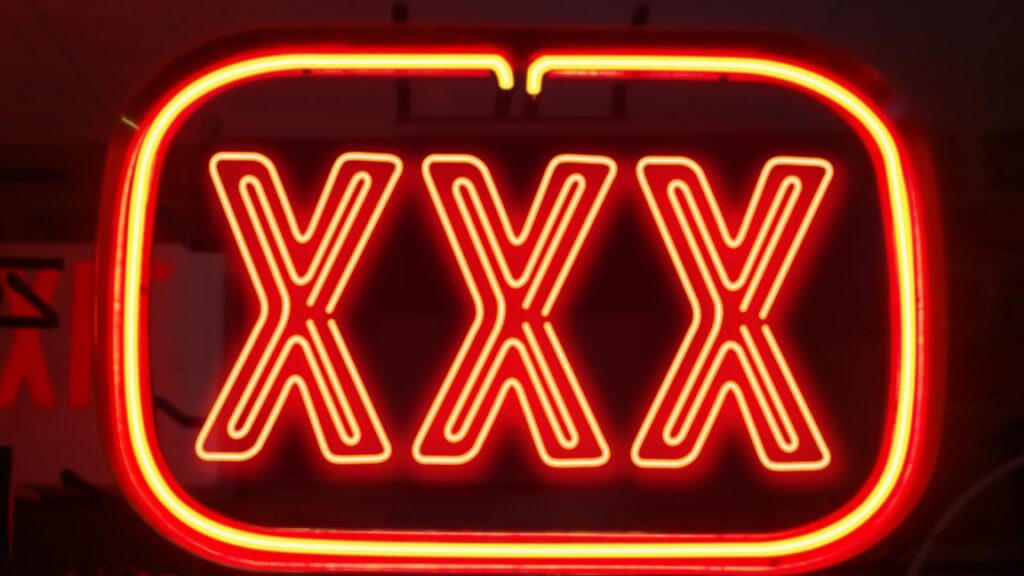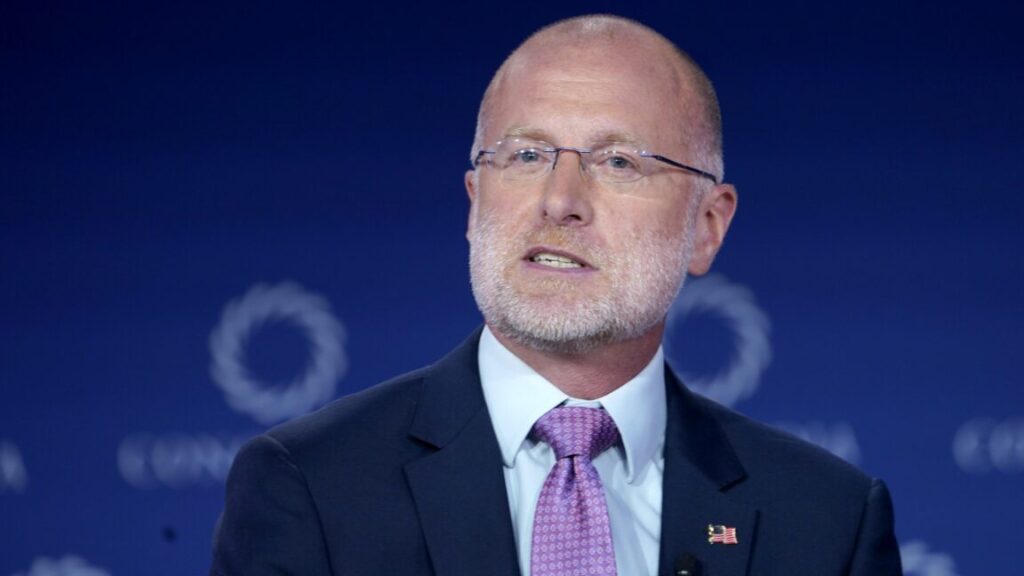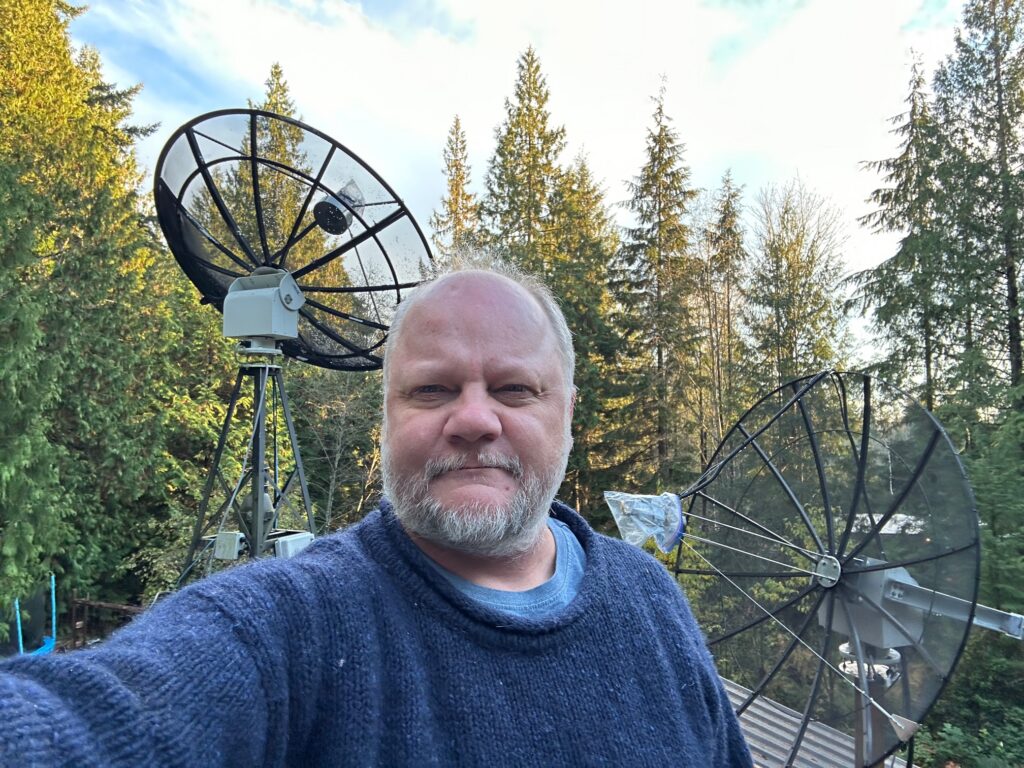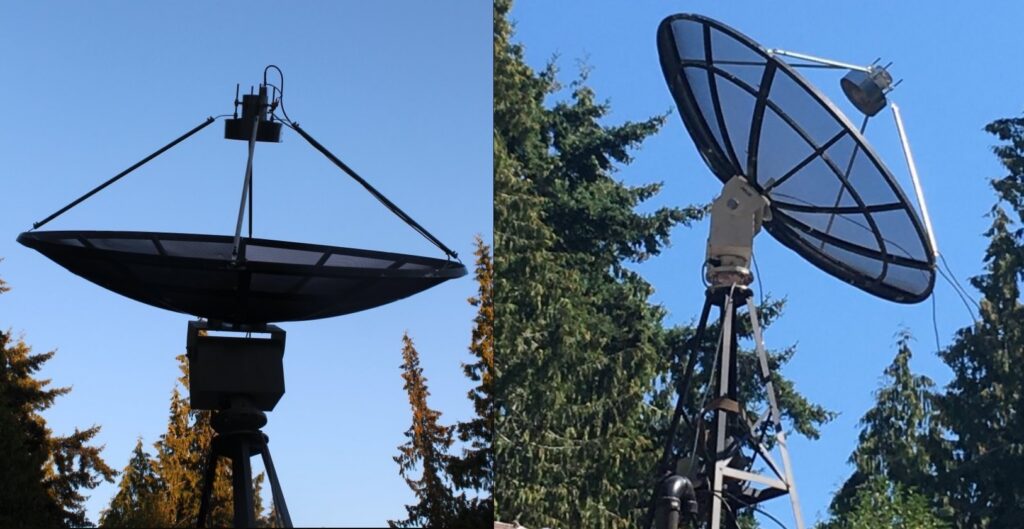Tech company CTO and others indicted for exporting Nvidia chips to China
Citing export controls that took effect in 2022, the indictment said the US is trying to disrupt China’s plan to build exascale supercomputers for military and surveillance use. “These capabilities are being used by the PRC for its military modernization efforts and in connection with the PRC’s weapons design and testing, including for weapons of mass destruction, as well as in connection with the PRC’s development and deployment of advanced AI surveillance tools,” the indictment said.
The Justice Department said the conspirators used Janford Realtor, LLC, a Florida-based company that was not involved in real estate despite its name, “as a front to purchase and then illegally export controlled GPUs to the PRC.” Ho and Li owned and controlled Janford Realtor, while Raymond operated an Alabama-based electronics company that “supplied Nvidia GPUs to Ho and others for illegal export to the PRC,” the Justice Department said.
Kickbacks, money laundering
The conspirators paid each other “kickbacks” or commissions on the sale and export of the Nvidia chips, the indictment said. The money laundering charges involve a variety of transfers from two Chinese companies to Janford Realtor and the Alabama electronics company, the indictment said. The indictment lists nine wire transfers in amounts ranging from $237,248 to $1,150,000.
Raymond was reportedly released on bond, while the other three alleged conspirators are being detained. “This is an extremely serious offense. At the time these were being exported, these were Nvidia’s most advanced chips,” US prosecutor Noah Stern told a magistrate judge in Oakland yesterday, according to Wired.
Stein also said in court that “text messages obtained by authorities show Li boasting about how his father ‘had engaged in similar business on behalf of the Chinese Communist Party,’” Wired reported. Stern said that in the messages, Li “explained that his father had ways to import” the Nvidia chips despite US export controls.
Tech company CTO and others indicted for exporting Nvidia chips to China Read More »


















